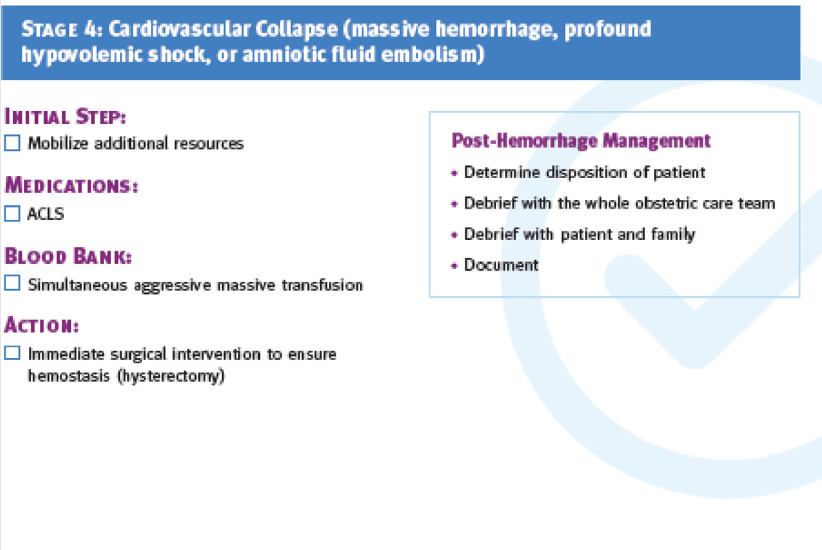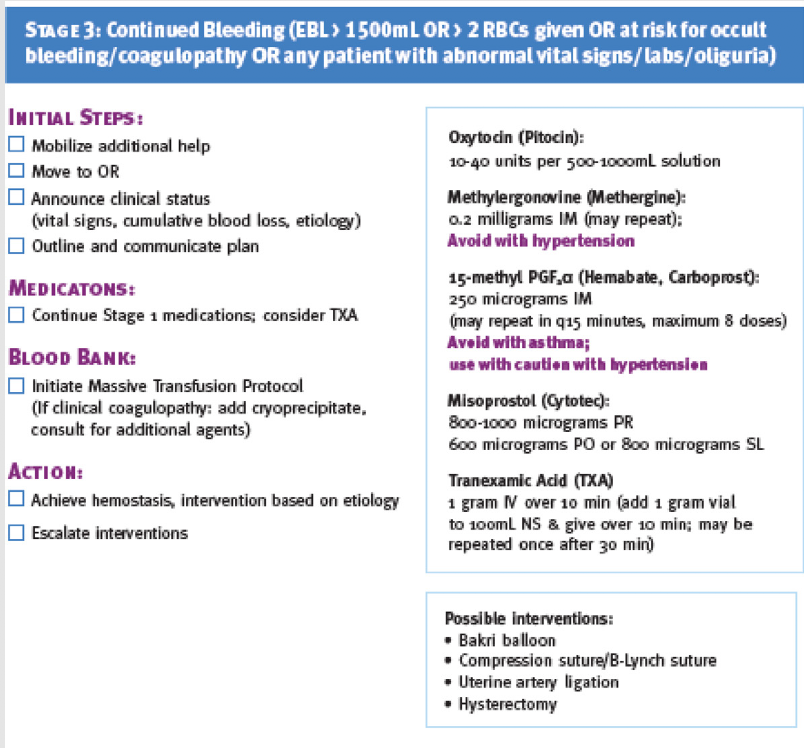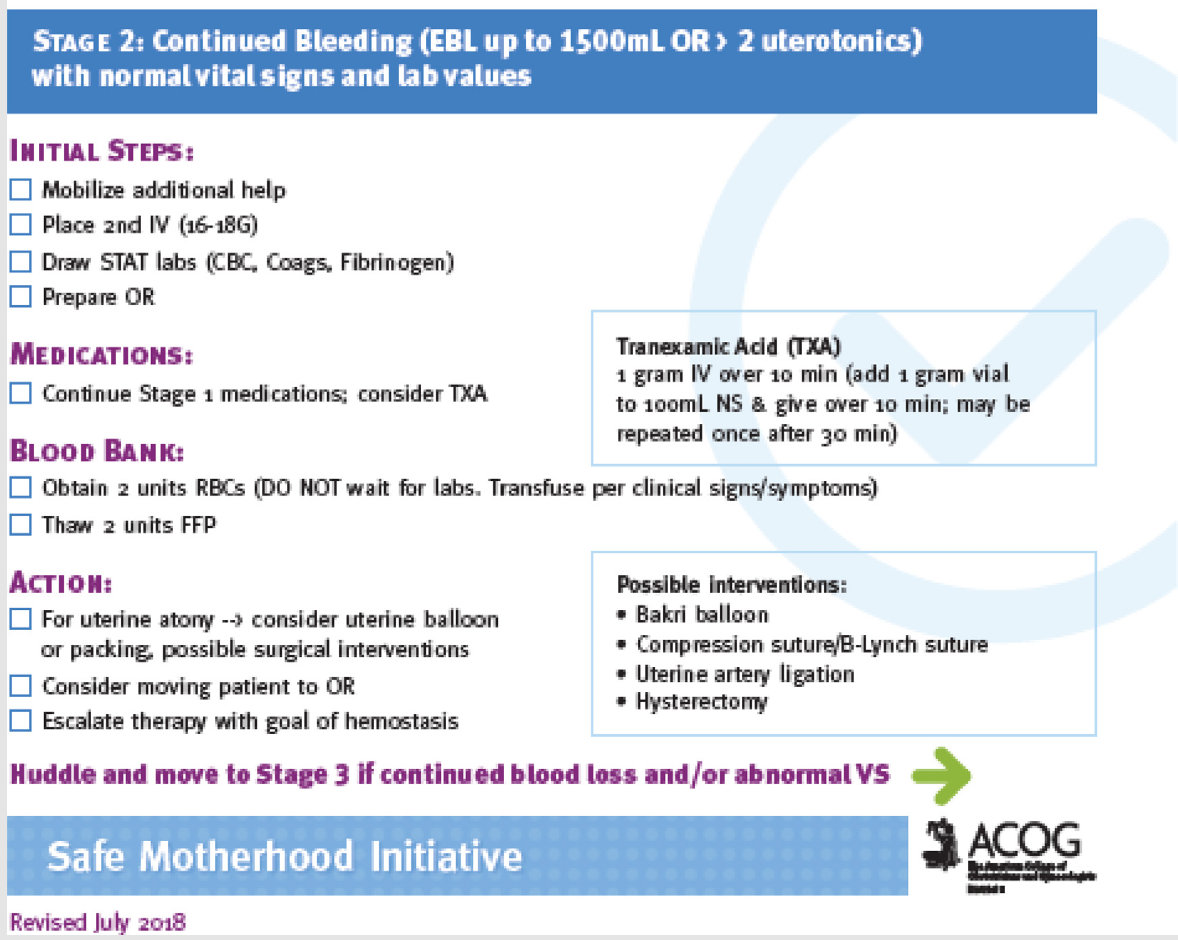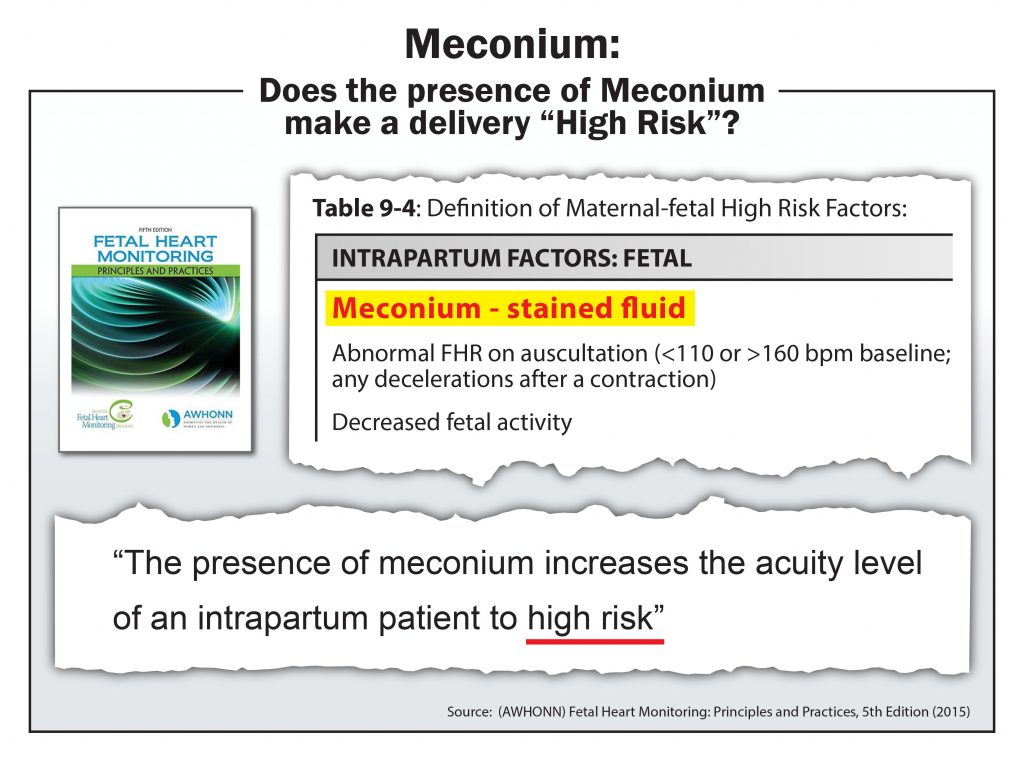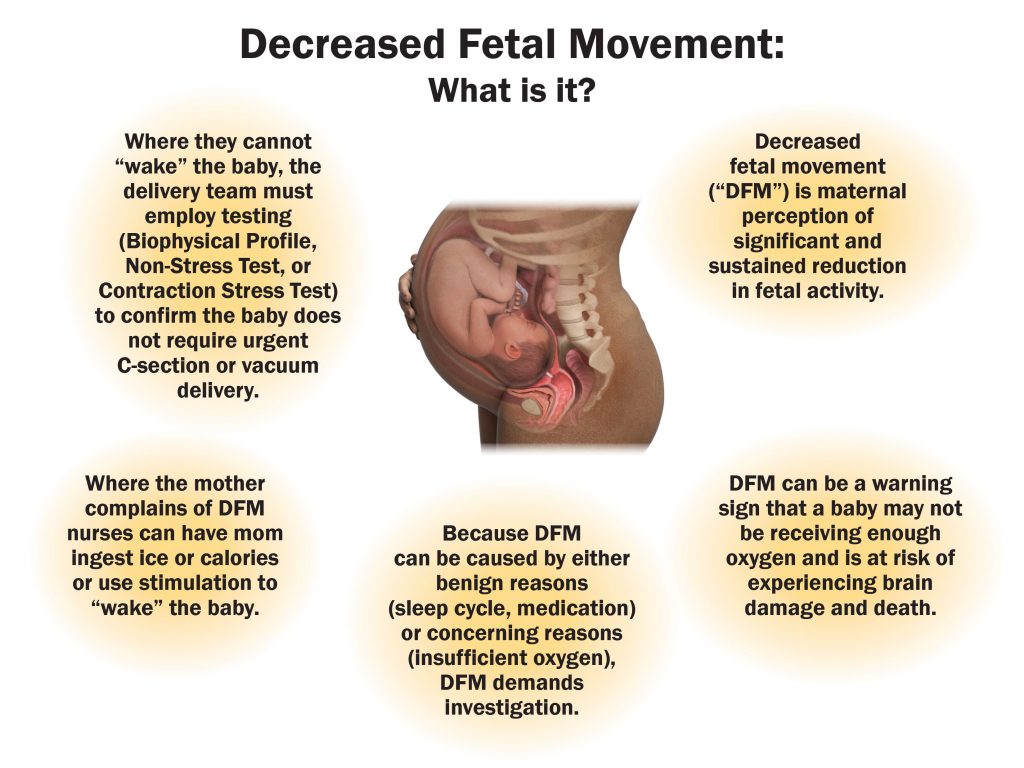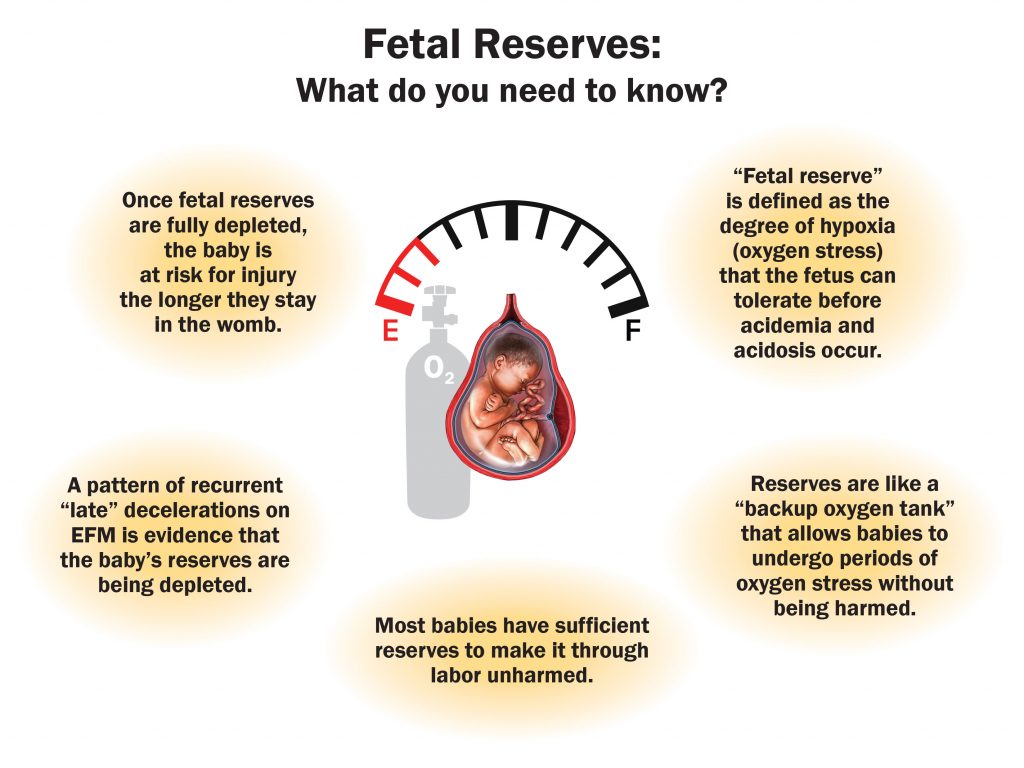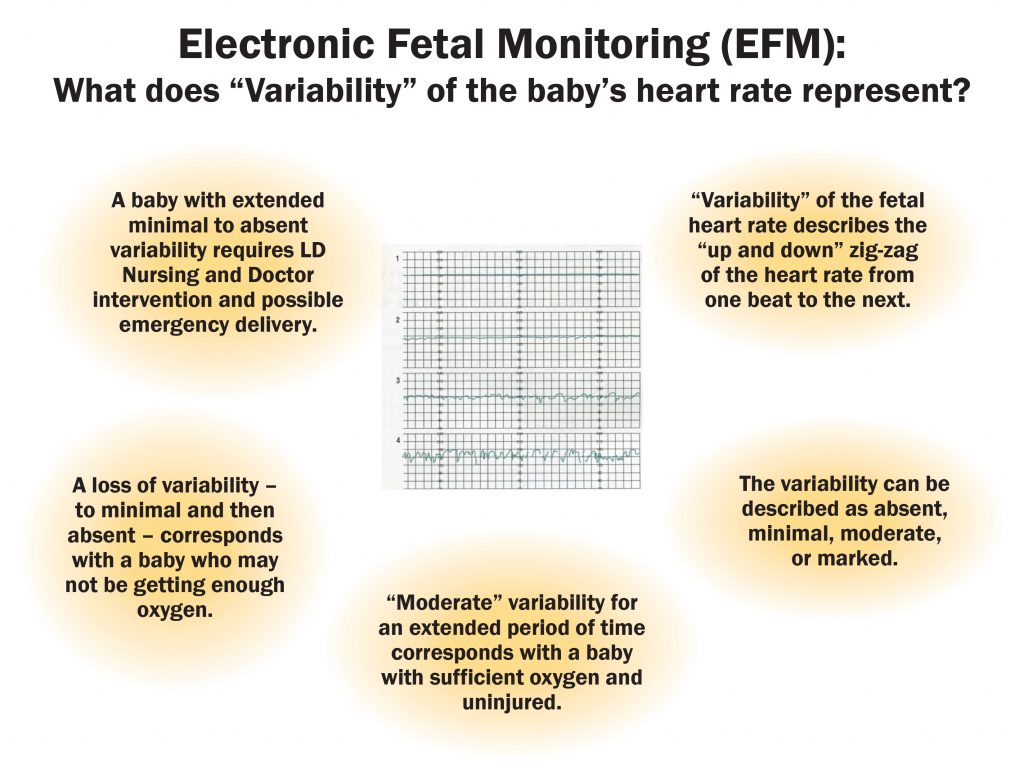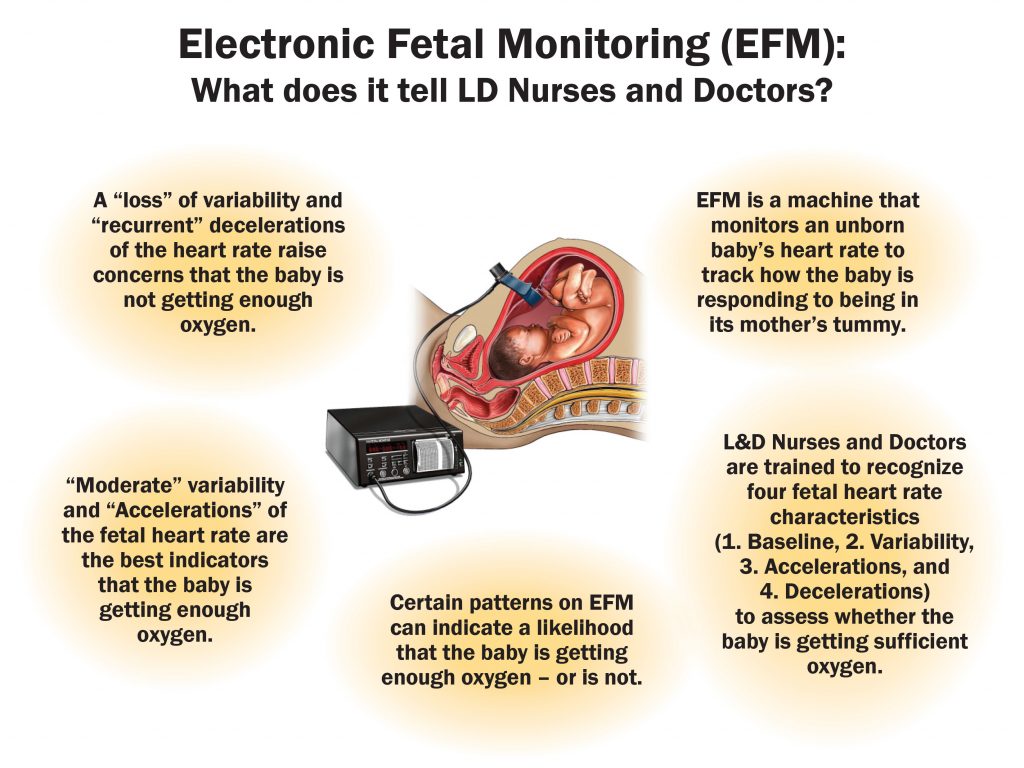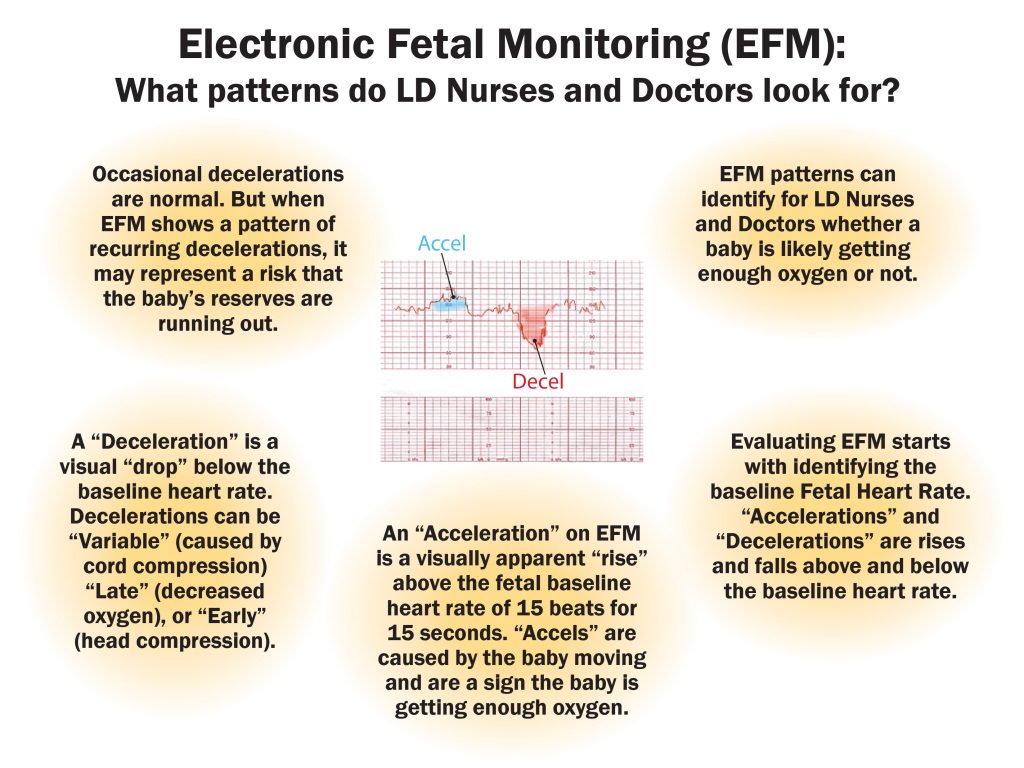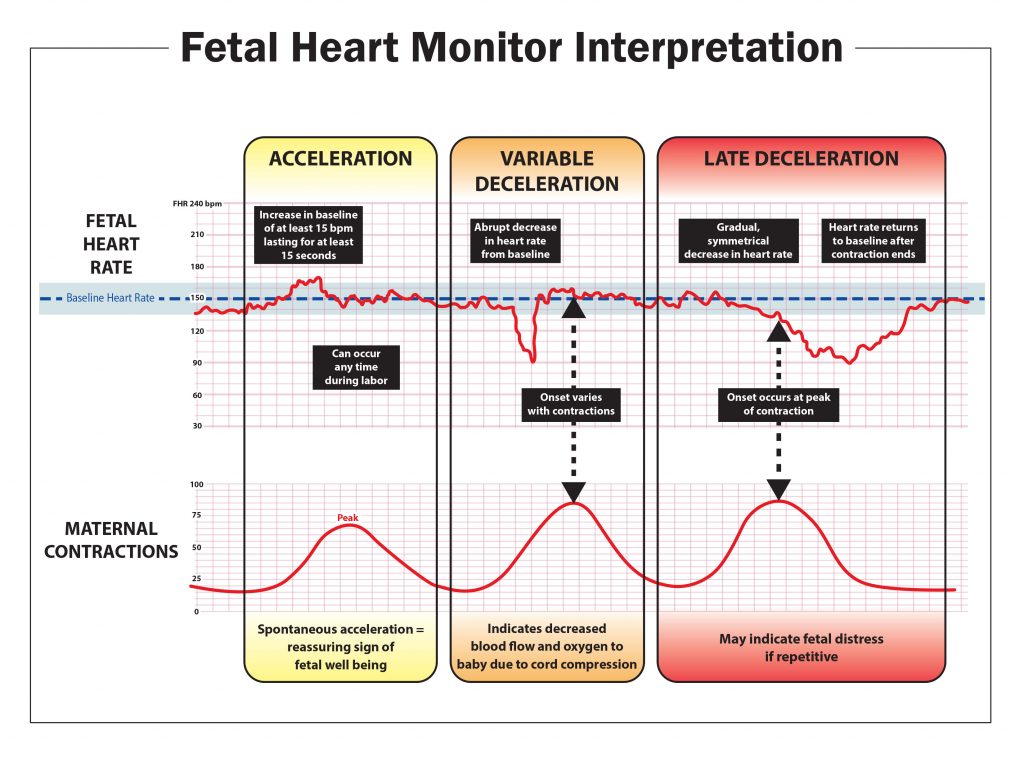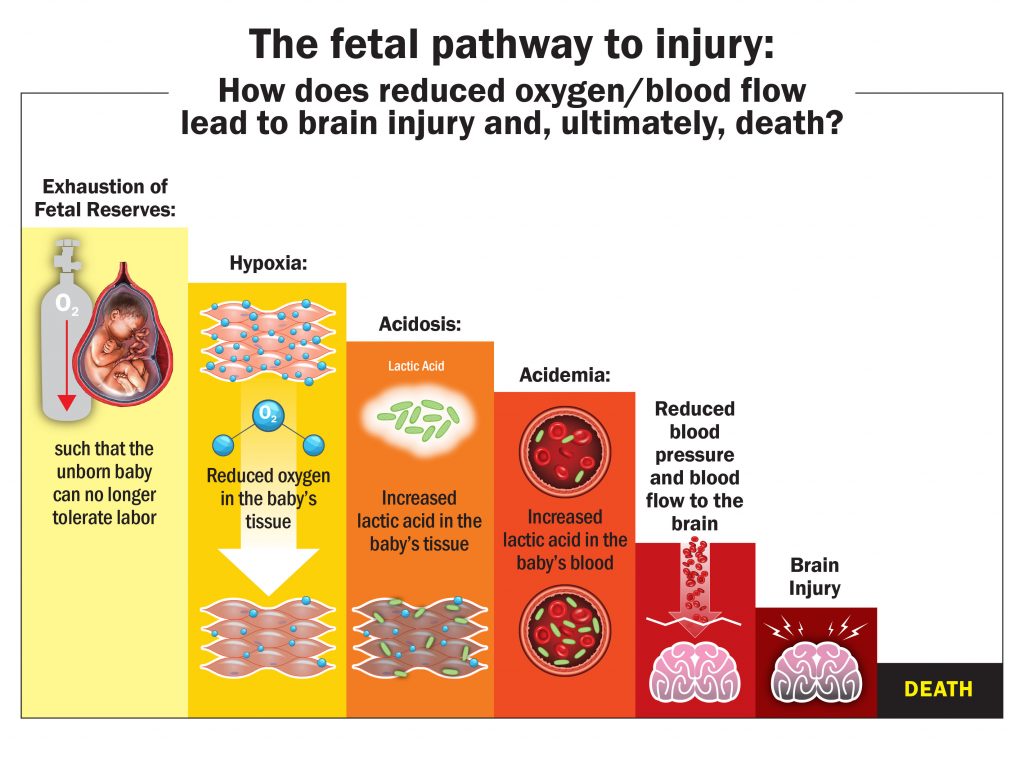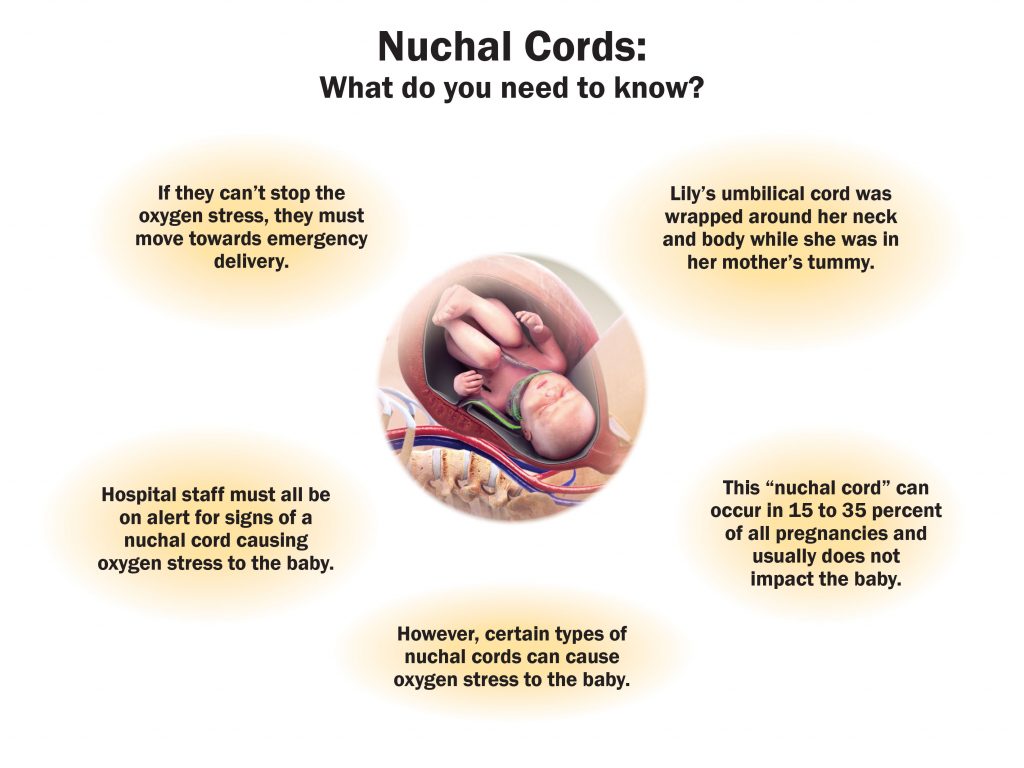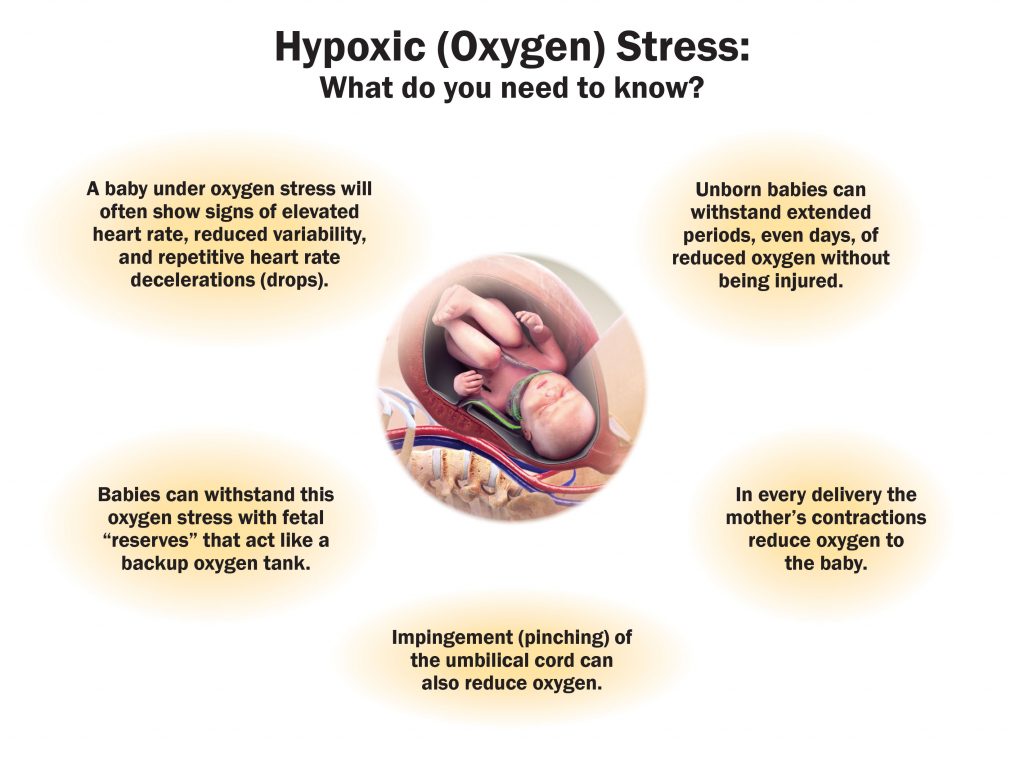Throughout the year, we have posted several entries about reflex sympathetic dystrophy (RSD) through the narrative of Kathy, a woman featured on “The Doctors” TV show who lives with a severe form of RSD. Today, we want to explain RSD more in detail–its causes, its symptoms, and its treatments.
RSD is a form of complex regional pain syndrome (CRPS), which is a condition that entails chronic, “burning” pain, swelling of an extremity, and discoloration. According to the Mayo Clinic, CRPS has two types, distinguished by their causes:
- RSD (Type 1): This type is caused by illness or injury that does not directly damage the nerves in the limb affected by the condition. This is the most common form, as it affects approximately 90 percent of those who have CRPS.
- Causalgia (Type 2): This type is caused by a distinct nerve injury.
While the exact causes of RSD are not yet known, several theories as to how it occurs have been proposed. According to the American Academy of Orthopaedic Surgeons, one such theory is a “short circuit” in the nervous system makes the sympathetic, or unconscious, nervous system overactive, thus affecting blood flow and sweat glands in the affected area. Additionally, the Mayo Clinic notes that RSD symptoms usually begin after some kind of injury, such as forceful trauma, crush injuries, or amputations. Surgery, stroke, cancer, pressure on a nerve, and even minor injuries, such as that of Kathy’s, can also be factors.
RSD symptoms can develop rapidly–like Kathy’s–or gradually. RSD symptoms are categorized into three different stages, observed to occur for a certain period of time.
- Stage 1 (Acute): The first stage of RSD is characterized by the aforementioned burning pain and sensitivity in the affected area, along with swelling, joint stiffness, and warmth and redness in the affected limb. This stage, according to the Academy of Orthopaedic Surgeons, may last up to three months.
- Stage 2 (Dystrophic): This stage is characterized by an increased continuity in the swelling, although the skin temperature will be lower than in the first stage. Additionally, the patient’s fingernails will become brittle, and the pain becomes more widespread. This stage may last between 3 months to one year.
- Stage 3 (Atrophic): This stage occurs after one year with RSD symptoms. The skin of the affected area will become pale, tightly stretched, and shiny, with “less hope of getting motion back” in that area. While pain may decrease in the affected area, the condition can spread to other areas of the body at this stage.
Tyrone Law firm specializes in representing those who have suffered from devastating injuries like RSD resulting from accidents or injuries caused by the negligence of another. Last year, Nelson Tyrone obtained the largest medical malpractice verdict in the history of Gwinnett County. If you believe Tyrone Law Firm can help you if you or someone you love suffers from RSD as the result of another’s negligence, call the firm to see what it can do for you.
Additional Resources
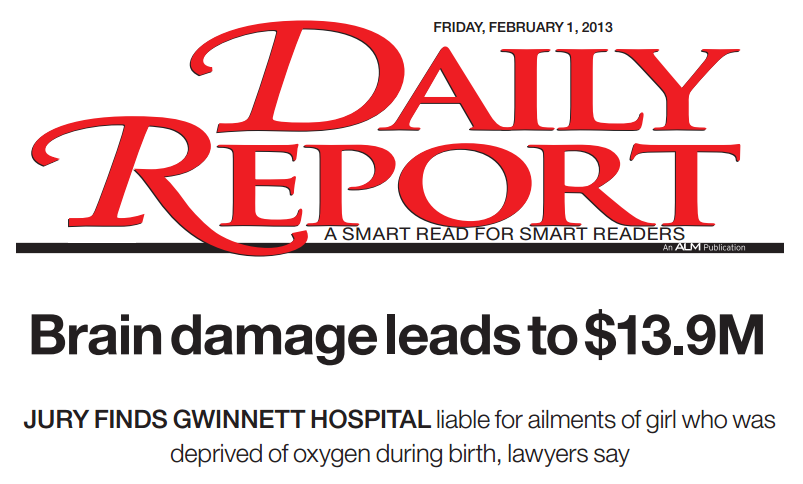



 Hayley serves as a Labor and Delivery Nurse Consultant for the Tyrone Law Firm. She attended and graduated Cum Laude from the University of Georgia in 2004 with a Bachelor of Arts degree in Journalism/Public Relations. After graduation she moved to the gulf coast where she pursued a career in real estate and development.
Hayley serves as a Labor and Delivery Nurse Consultant for the Tyrone Law Firm. She attended and graduated Cum Laude from the University of Georgia in 2004 with a Bachelor of Arts degree in Journalism/Public Relations. After graduation she moved to the gulf coast where she pursued a career in real estate and development.
